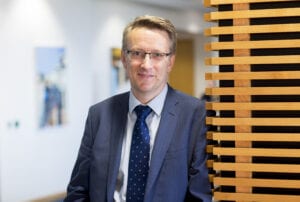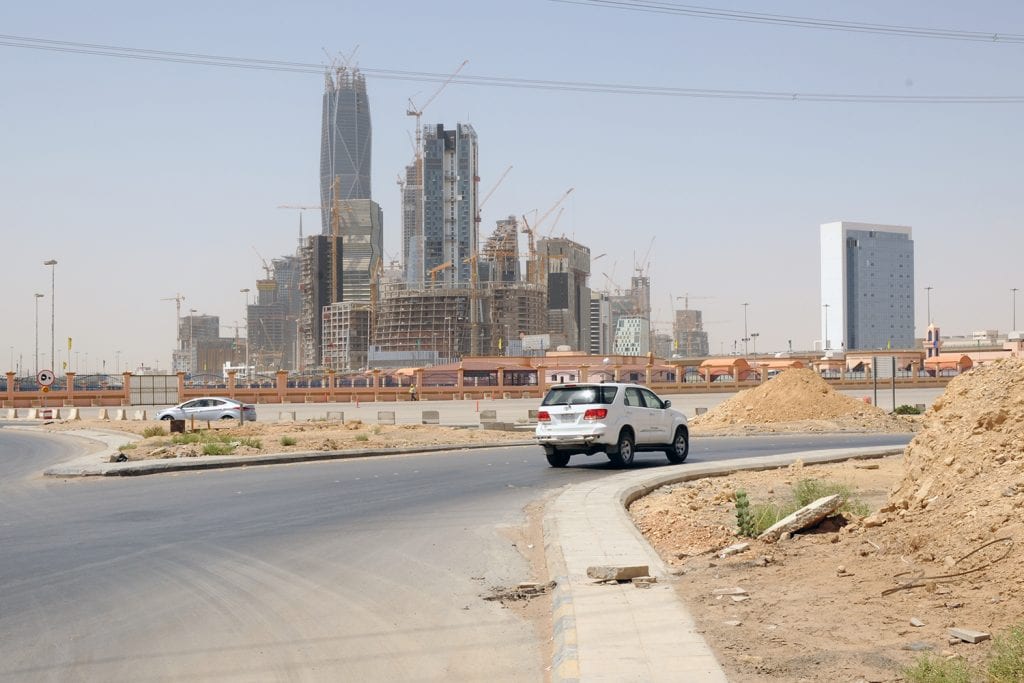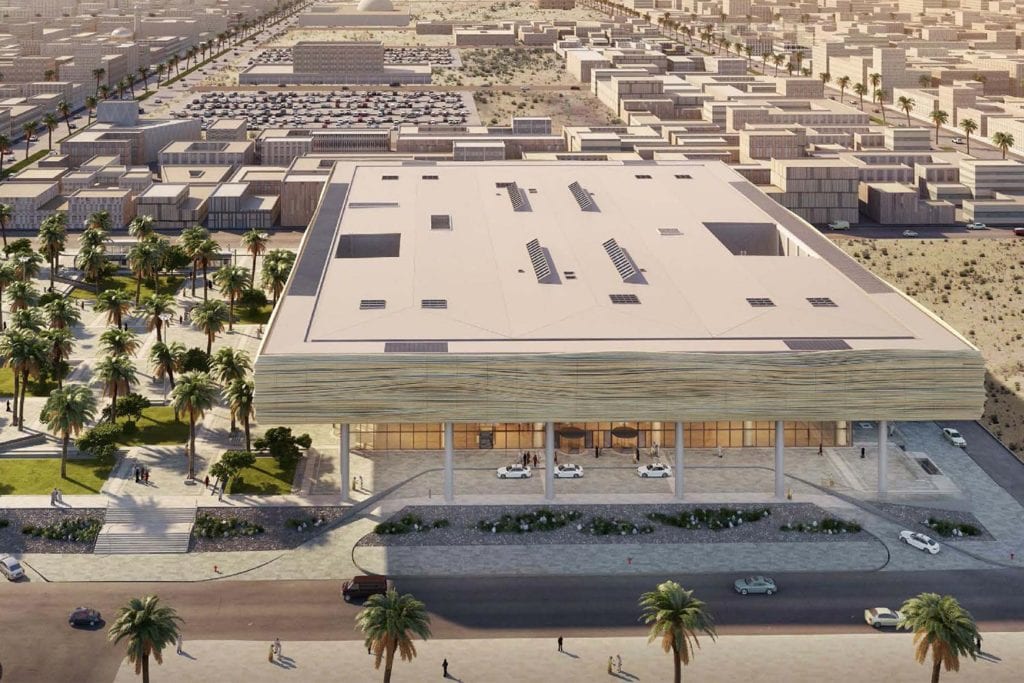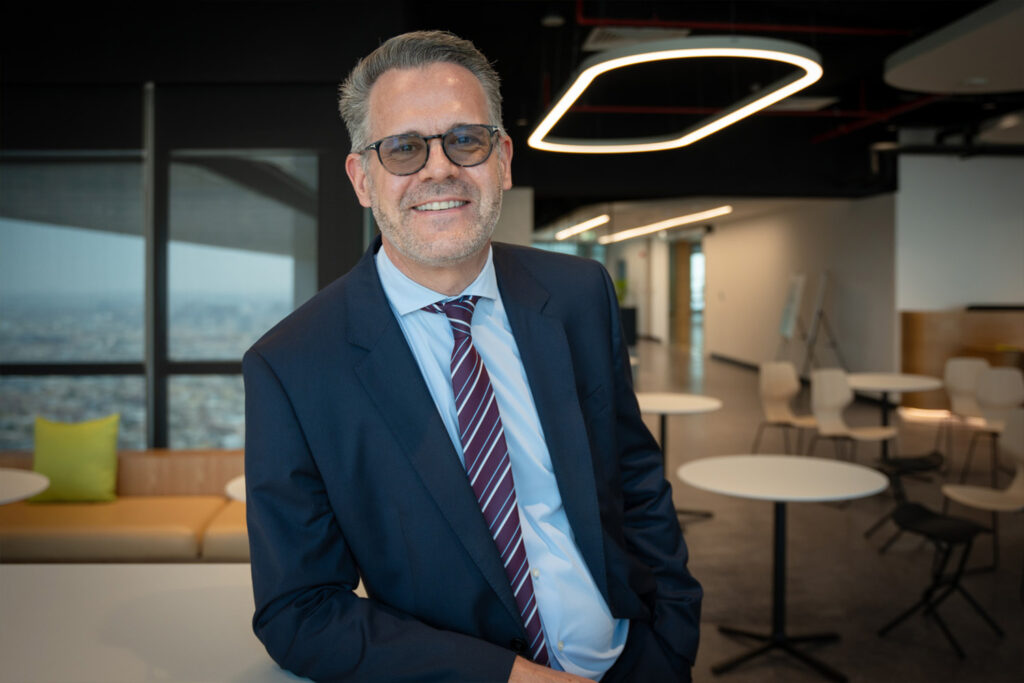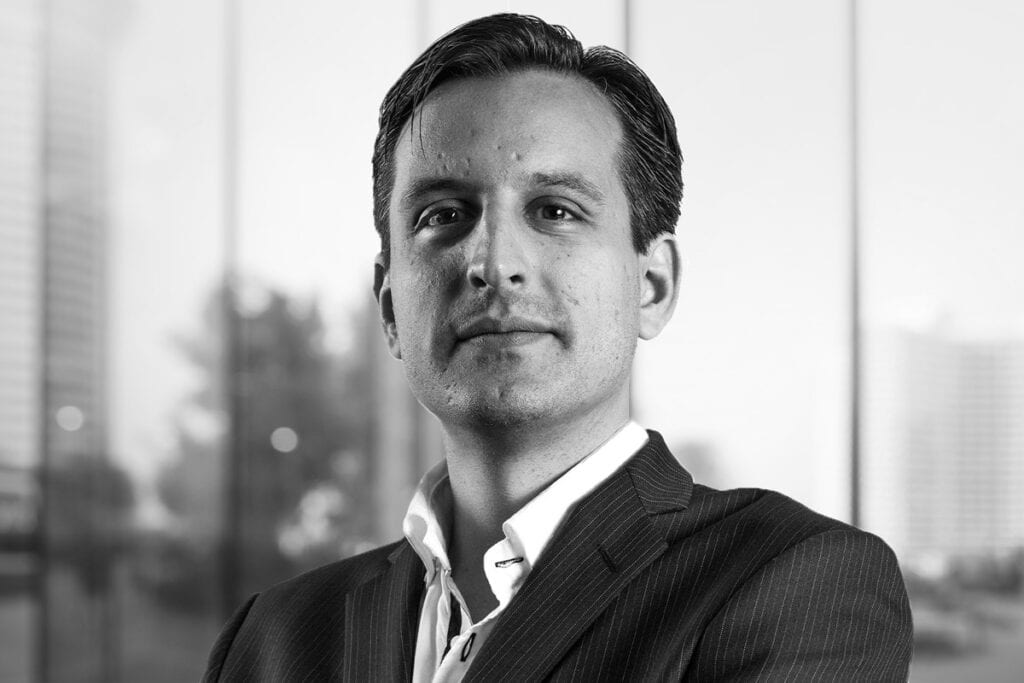Riyadh: A visionary evolution
When Riyadh was announced as the host city for the Expo 2030 world fair at the end of 2023, the excitement among Riyadhis was palpable. The people of the Kingdom are heavily invested in their nation’s transformation, but nowhere more so than in the capital itself.
Riyadh aims to host the event between October 2030 and March 2031, coinciding with the start of celebrations for the centenary of the founding of the Kingdom in 2032, as well as creating the icing on the cake for Crown Prince Mohammed bin Salman’s ambitious Vision 2030 programme – the enabling strategy to shift the Kingdom away from an oil-based economy and transform Riyadh itself into a true world city.
Riyadh is by far the largest city on the Arabian Peninsula. Its population has more than doubled since 1990, to more than 6.5 million people and it is expected to rise to 8.53 million within a decade. But after years of focusing on getting bigger, the Saudi capital is undergoing a rapid strategic transformation that is all about getting better.
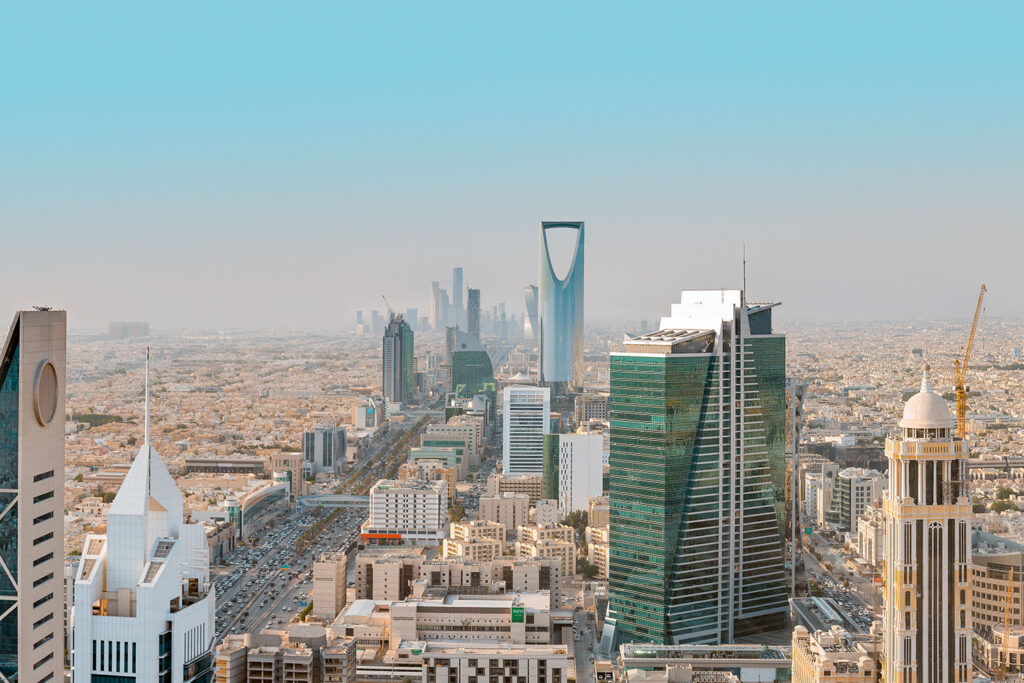
With active construction sites busily working across the city, the dramatic interventions in the built environment are self-evident, but perhaps less obvious at first sight are the extraordinary transformative shifts in the mindset of the city – socially and economically – all of which are combining to turn Riyadh into a truly global city in the coming decades.
The wider transformation of the Kingdom is being driven by Vision 2030, the overarching plan to transition away from an oil-based economy. But before the era of Vision 2030, Buro Happold’s Cities experts worked closely with Riyadh’s governing mayor on the Future Riyadh project, which sought to tackle the wide range of socio-economic and developmental pressures that come with rapid growth.
Our team created a State of the City report, which was underpinned by a database of evidence. This included a GIS-based model that allowed the impact of different growth scenarios on the city’s spatial development to be analysed. The influence of variables such as accessibility, access to employment, availability of land and proximity to amenities could therefore be taken into account when exploring different development options. We then worked with the municipality to set a series of impactful long-range plans that would allow Riyadh to shift from a city that was forever expanding outwards into the desert, to become a stronger, denser, more liveable city, with a higher standard of living, exceptional amenities and resilient infrastructure.
Lawrie Robertson, head of strategic planning at Buro Happold, says this shift of focus from bigger to better was key to setting the city on the right tracks.
“Riyadh was firmly stuck in being a centre of government, with a public sector-dominated economy, and the city was sprawling,” he says. “It was growing, but it was growing with an accelerated sprawl moving outwards from the centre, creating a lower and lower density city – along the lines of a Phoenix of Los Angeles model. Consequently, each unit of growth needed more and more infrastructure. Clearly that would eventually become unaffordable. Infrastructure that had been built in the first wave of growth in the 1950s, was reaching the end of its design life and growth was galloping on at the edges, needing lots more infrastructure to make it work. The city model had to be put back on to a more sustainable track.
The logic of a concentrated city is very different from the logic of an expanded city.
Lawrie Robertson, head of strategic planning at Buro Happold
“One of the things that was always needed was to concentrate on the core of the city,” Lawrie adds. “The urban areas of the city had to be renewed and regenerated. The logic of a concentrated city is very different from the logic of an expanded city. The logic of a car-dominated city is sprawl and put a little bit of everything everywhere. The logic of a concentrated city is that you put lots of the key things together. That’s good economically, to cluster sectors together. You get synergy effects that supercharge the economic growth. But that does mean everyone has to be able to get to the core of the city – and that means switching to a public transport-based system.”

Driving change
The big enabling solution for Riyadh is the Metro – an entirely new public transit system for the city, with six main lines covering 176km (110 miles). It is expected to transport 3.6 million passengers a day by 2030 and will play a key part in reducing the number of car journeys throughout the city by almost two million trips each day. The system will have 85 stations, including three “iconic” landmark stations, two of which Buro Happold’s multidisciplinary teams are working on – one serving the King Abdullah Financial District, the ambitious new mixed-use development intended to be the future commercial heart of Riyadh, and Olaya Station, which occupies a key central position in the city, set above the intersection of two underground railway lines.
“I can’t think of another city in the world that has attempted to build a six-line Metro system from scratch in one go,” Lawrie says. “The Metro is a huge sleeping giant of change for the city. And it is about to wake up.”
Hrvoje Cindric, who leads the Buro Happold Middle East planning team, says: “Riyadh is a really exciting place right now. It’s not just about the big giga-projects. I’m interested in seeing the transformation of the city at the more granular level. The Metro is going to start in Riyadh [in 2024] and it’s a huge undertaking. It took London 160 years to develop the tube in its current shape, and Riyadh is building over a third of that system in about a decade.
“But Riyadh is a city with no culture of using public transport – everyone uses the car. So this is a really exciting social experiment. All of a sudden, Riyadhis will have an alternative to the car. It will be really interesting to see how that changes the way the city is redeveloped. The dynamics of a city with a Metro will be completely different.
“The one thing that everyone has the same amount of – no matter how rich or poor – is time,” Hrvoje adds. “The Metro will start shrinking the city again and take people out of the traffic jams. People in the city are talking about transit-oriented development now. They realise they have a real opportunity here.”

Quality of Life
Vision 2030 aims to create a vibrant society in which all citizens can thrive, and in which the economy can flourish in a post fossil fuel-dominated world. At the heart of this are a series of giga-projects focused on building on a global tourist industry, like Qiddiya, The Red Sea project and NEOM, but other projects, like ROSHN, Sports Boulevard and King Salman Park are focused chiefly on improving the quality of life of the Kingdom’s own people.
“Things like Sports Boulevard and King Salman Park and Diriyah Gate are all about providing spaces for the community, retail opportunities, places to go and be more active,” says Ian Redmayne, a Buro Happold partner and General Manager for Saudi Arabia. “These are genuinely transformational projects for people in the city.
“I’ve lived here for ten years,” Ian adds. “Things have changed a lot in that time. There are already a lot more places to visit and things to do. It was a delight to see the Phantom of the Opera show recently in Riyadh, a first for Riyadh. The quality of life here is already much better and I think it will continue to progress in that way. There will certainly be a lot more green spaces in the future and opportunities for the local community to be more active. The city will also be much better connected with all the transport plans taking shape.”
Hrvoje Cindric adds: “One of the pillars of Vision 2030 is creating a thriving society. The appreciation of quality of life is key – making sure the city is better for residents for health, education and economic outcomes. Riyadh is at the vanguard for this shift. Saudis are really proud of their country and the transformation it is going through.”

Shaden Alshwaier is a design engineer within Buro Happold’s Riyadh team, currently on secondment with the Bath-based UK sustainability and physics team. She was born and raised in Riyadh.
“Experiencing the changes first-hand has been surreal,” she says. “The majority of my life things have been stagnant, then there was this sudden change when I was a teenager. It gave me more motivation to contribute to my country and be part of that change. Winning Expo 2030 is one of the numerous things that is making many of my Riyadh-based friends even more optimistic about the future of our city.
“But the biggest shift for me, is simply for my country to be working on moving away from completely relying on exporting oil and fossil fuels. It is great to hear.”
Shaden adds: “Buro Happold has been involved in Riyadh for a very long time – since the very start of the business. I don’t think many businesses saw the potential in Riyadh that Sir Ted Happold saw back in the 1970s. As a Riyadh native, it’s wonderful for me to be part of a team and a company that has a long, remarkable history with my city.”
Ante Baric, a Buro Happold partner based in the region, also makes the point that Buro Happold’s own heritage is tightly woven with the story of Riyadh over the last half a century.
“Buro Happold has a real legacy here – this city means a lot to us, he says. “These are exciting times. Saudi Arabia is a policy-driven environment and Vision 2030 is the policy having the biggest impact – and not only on the built environment. It’s also about improving the quality of life for people in the Kingdom, it’s about creating a more resilient economy, for Riyadh it is also about improving its place on the metropolitan index – making Riyadh one of the top ten cities in the world.”
But wherever Riyadh sits on the global index of cities, for Shaden, the rapid change means witnessing her home being transformed rapidly. “Riyadh is changing fast now,” she says. “I can’t wait to go back to the city after a year in the UK, just to see how much has changed in Riyadh in that time.”
